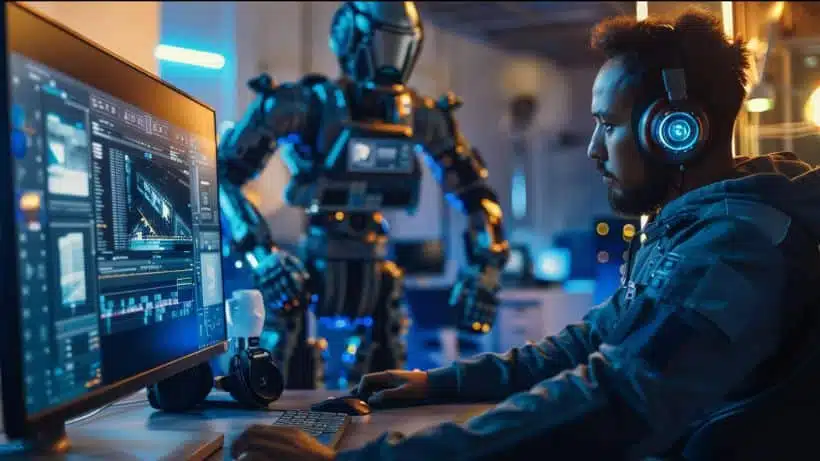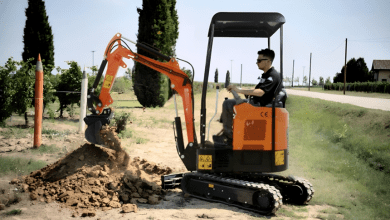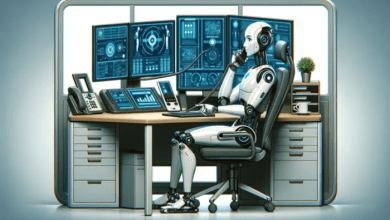
It’s an exciting time to be a content creator, with AI leading the way. Whether it’s from Image or Video AI conversions to Video to Video AI refinements, our methods for photo and video editing are changing with AI tools. And these advances allow them to do more, better and faster with their SLR and mirrorless bodies and high-end video equipment. In this post we’re going to review how AI is creating a new ballgame for video and photo editors specifically. AI in AI Image Upscaler, automated editing, and AI smart enhances.
AI in Photo Editing
1. AI Image Upscaler: Enhancing Resolution Without Losing Quality
One of the biggest problems in photo editing is how to enhance low-quality images without relinquishing detail. Image to Video AI is a game changer in the rapidly changing world of digital content creation. Conventional methods for upscaling generate the image which becomes blurry or coarse. But not AI Image Upscaler services, as all of them rely on deep learning to analyze images and rebuild it adding the missing details.
Tools such as Topaz Gigapixel AI and Adobe Super Resolution use AI to upscale images while preserving sharpness making them perfect for photographers restoring old images, or designers working with very low-quality assets.
2. Automated Photo Retouching
AI powered tools, such as Luminar AI and Photoshop’s Neural Filters, can take the drudgery out of tasks like skin smoothing, background removal and color correction. Furthermore, this technique can be combined with AI Image Upscaler engines in a transparent way, so that the upsampled video keeps high quality and resolution as if the video is generated from high-resolution images. These efficiencies remove the need to get hands on, giving editors the power to deliver high-quality results in less time than ever before.
3. AI-Generated Art and Style Transfer
AI can turn humdrum holiday snaps into works of art with style transfer algorithms. Apps like Prisma and DeepArt use the styles of renowned artists to transform your photos, allowing for more creative potential.
AI in Video Editing
1. Image to Video AI: Creating Dynamic Content from Still Photos
Bringing static images to life into engaging videos with Image to Video AI. Runway ML and Pictory, tools that use AI to animate photos, can apply motion effects and transitions to any static image, and even produce voiceovers. That offer seems most appealing to marketers and creators who work in social media and are looking to make fast, attention-grabbing content.
2. Video to Video AI: Enhancing and Transforming Footage
Video to Video AI tools take existing footage and enhance it in various ways:
- Color Grading & Correction: AI analyzes scenes and applies optimal color adjustments automatically.
- Frame Interpolation: Tools like DAIN AI generate smooth slow-motion effects by adding in-between frames.
- Background Replacement: AI can isolate subjects and replace backgrounds seamlessly (e.g., NVIDIA Broadcast).
3. AI-Powered Automated Editing
Adobe Premiere Pro, with Sensei AI, and Magisto are powered by AI that can analyze raw footage and recommend the strongest clips, and even make suggestions about edits based on principles of pacing and storytelling. This can significantly eliminate editing time for the content creators.
The Role of AI in Workflow Optimization
1. Faster Rendering and Processing
Artificial intelligence AI can also speed up rendering time by optimizing resource allocation. For example, Topaz Video Enhance AI can employ machine learning to scale up and denoise videos quicker than more traditional methods.
2. Smart Object and Face Recognition
AI can identify objects, faces, and scenes in media, making tagging, sorting, and editing more efficient. Google Photos and Apple’s iPhoto use this tech for automatic album creation.
3. Voice and Text-Based Editing
Emerging AI tools allow editors to make changes using voice commands or text prompts. For instance, Descript transcribes audio and lets users edit videos by editing the text transcript, while an AI music generator can be used to effortlessly add custom soundtracks to enhance the final product.
Challenges and Ethical Considerations
While AI brings immense benefits, there are concerns:
- Deepfakes & Misinformation: AI can manipulate media, raising ethical questions.
- Over-Reliance on Automation: Excessive dependence on AI may reduce creative control.
- Data Privacy: AI tools often require large datasets, raising privacy issues.
Conclusion
AI is reshaping video and photo editing, making advanced techniques accessible to everyone. From Image to Video AI animations to Video to Video AI enhancements and AI Image Upscaler tools, these innovations are streamlining workflows and unlocking new creative potential.
As AI continues to evolve, content creators must balance automation with artistic integrity while staying mindful of ethical implications. The future of editing is intelligent, efficient, and incredibly exciting.




